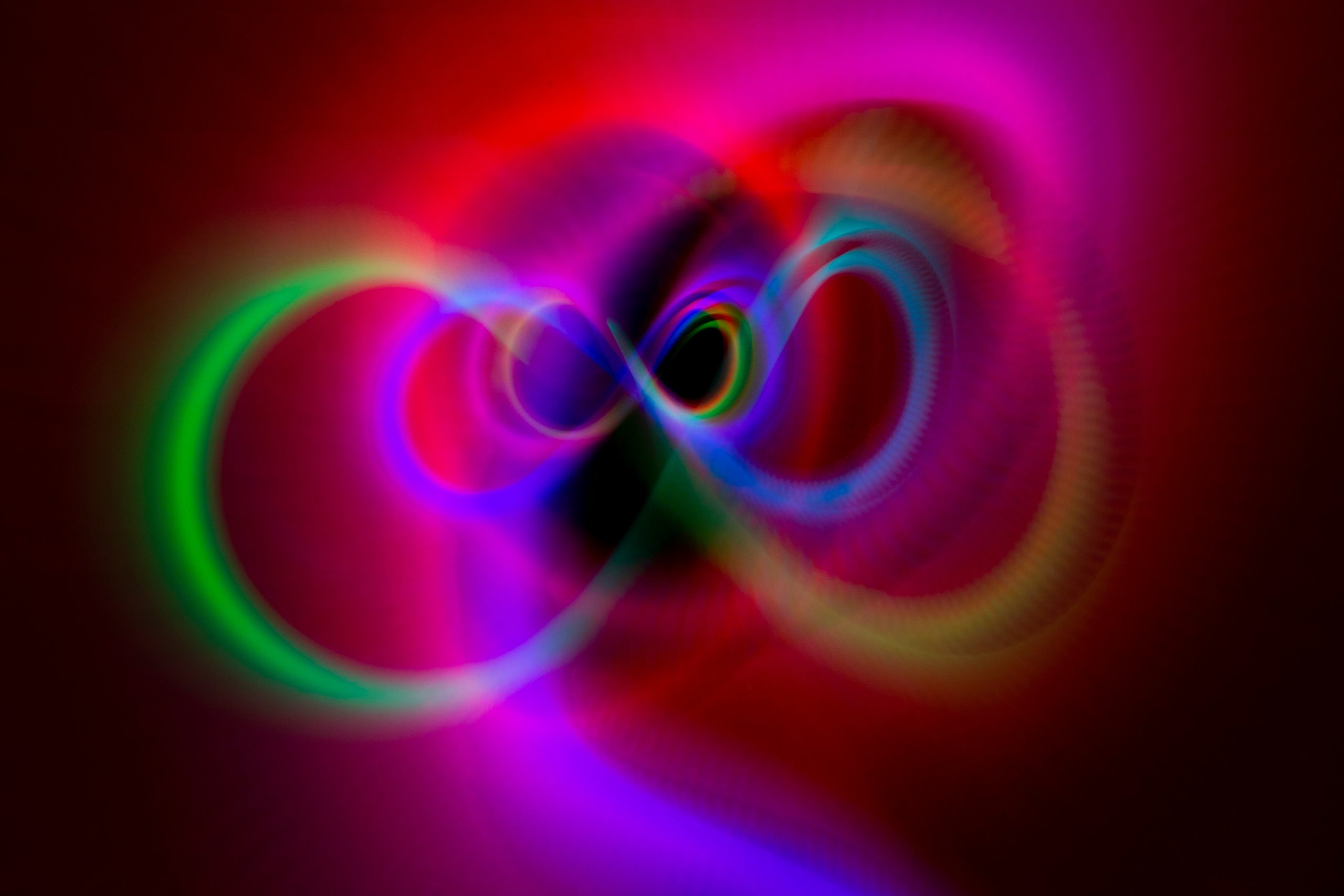Wittgensteining the continuum (1): The continuum problem

Infinity has always been one of the most fascinating and perplexing concepts in mathematics. For ancient Greek mathematicians, it was (in a similar way to the notion of zero) something like a non-concept, i.e., something that one was not allowed to think, and only might express and use by means of circumloquia at the best; for example, when proving that there are infinite prime numbers, Euclid didn’t tell it in this literal way, but by saying that for any quantity of prime numbers, there is a quantity higher still, or something like that (presupposing that ‘quantity’ always means ‘a finite quantity’).
As it is well known, the infinity concept in mathematics started to be ‘domesticated’ (not without agonizing controversies) in the second half of the 19th century, mainly thanks to the work of Georg Cantor. He not only clarified many curious facts about the most intuitive sense of ‘infinity’ (that which he identified with the quantity of natural numbers, or ‘countable’ infinity), such that rational numbers can also be ‘counted’ (i.e., there is some way of associating one non-repeated natural number with each rational number, or it is possible to order all the rational numbers in a list which is numbered with the order of the natural numbers), but demonstrated that real numbers were intrinsically more ‘numerous’ than natural (or, by the way, rational) numbers.
This was his famous diagonal argument: let’s assume that, contrary to what we want to prove, there were a way of listing the real numbers (to simplify, think about all the real numbers between 0 and 1, i.e., those that can be expressed as ‘0.’ plus an infinite series of decimals) such that we might talk about the first real number of the list, the second, the third, etc. (of course, this list would not order them from lesser to bigger, for there is no way of saying which real number is ‘the follower’ of another… something that, by the way, happens exactly in the same way for rational numbers). Once we have this imaginary ordering of the real numbers between 0 and 1, we might identify a particular real number r, also between 9 and 1, according to the following procedure: if the nth decimal of the nth real number of the first list is x, the nth decimal of the r will be x+1 (or 0, if x=9). That is, we create r by changing the decimal in the ‘diagonal’ of the original list. As it is obvious, r does not belong to the list, because for every member of the list, it differs at least in one decimal place. Hence, starting from the assumption that the real numbers between 0 and 1 can be listed, we have constructed a real number between 0 and 1 which is not in the list, and so, our assumption was false: real numbers cannot be listed, cannot be put in a one-to-one correspondence with natural numbers. Or, stated in a different way, even if there are infinite natural numbers and infinite real numbers, there are more real numbers than natural numbers (which, remember, is not the case with rational numbers, for these can be listed, and hence there are the same amount of them as of natural numbers).
The ‘amount’ or ‘quantity’ (or, as mathematicians say, the cardinality) of the real numbers was named, for obvious reasons, ‘the size of the continuum’ (the first transfinite number to be discovered), which has its own fascinating peculiarities. For example, there are the same amount of real numbers between 0 and 1 as between any other segment of the real line, or as in the whole real line (as there are the same amount of rational numbers between 0 and 1 as there are rational numbers in total). Cantor also proved that the cardinality of the set of real numbers (or ‘of the continuum’) equals two raised to the power of the cardinality of the natural numbers. But he also formulated an apparently simple question that, to his deep frustration, he was unable of answering: is there some set which is bigger than the set of natural numbers and smaller than the set of real numbers? Or stated differently, is the continuum the smallest transfinite number? This was known as the continuum problem, one that has worried mathematicians and philosophers since then.
The most unexpected solution to the continuum problem came more or less one century later, thanks to the mathematician Paul Cohen, who proved in the 1963 that the continuum hypotheses (the claim that the continuum is the smallest transfinite number) can neither be proved nor disproved from the (standard) axioms of set theory: that is, it is possible to construct models of those axioms in which the continuum hypothesis is verified, but also some models in which it is not fulfilled. I confess that, for a mathematical Platonist as myself (even if I am a ‘trivial’ Platonist), this smells dangerously paradoxical: if there are ‘models’ in which the continuum hypothesis is not met, i.e., in which there is a subset S of ‘real’ numbers (I put it into inverted commas to mark the fact that perhaps in that model they are not exactly equivalent to what we call ‘the real numbers’ in the ‘standard’ models of set theory) which is bigger than the set of ‘natural’ numbers ‘N’, but smaller than the whole set of ‘real’ numbers ‘R’, wouldn’t S have an equivalent image in the standard models? And wouldn’t have that image to have exactly the same formal relations between the standard sets N and R? My mathematical proficiency is not enough to follow the answers I’m sure these questions have, but I don’t resist the temptation of sharing my inquietude. However, in the next entry I shall comment one recent attempt to apiece that uneasiness, thanks to the (not really very popular between mathematicians, nor perhaps even between philosophers of mathematics) ideas of Ludwig Wittgenstein.